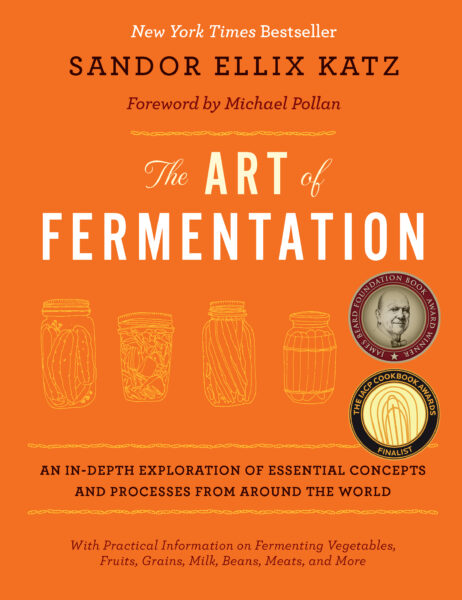4 Ways to Preserve Your Green Bean Bounty
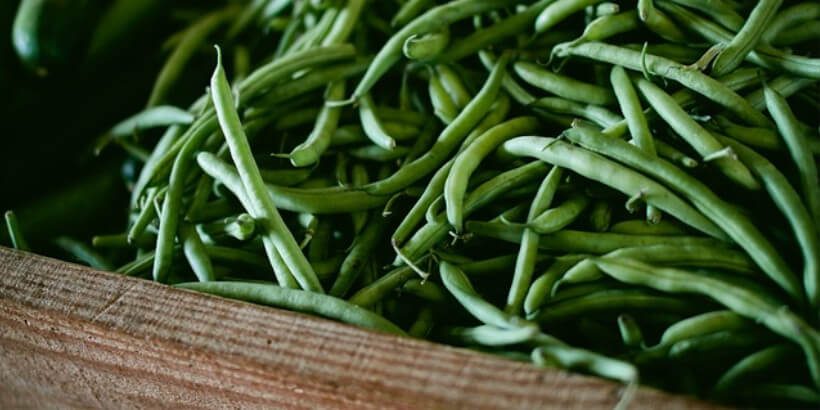
Harvest season is finally here! If you’re anything like us, you’ve got green beans up the wazoo around this time of year. If you’re looking for a new way to preserve your green bean bounty for the fall and winter months, these four salt-based techniques should help. Here’s to months of delicious green beans ahead!
The following is an excerpt from Preserving Food Without Freezing or Canning by the Gardeners & Farmers of Terre Vivante. It has been adapted for the Web.
How to Preserve Green Beans
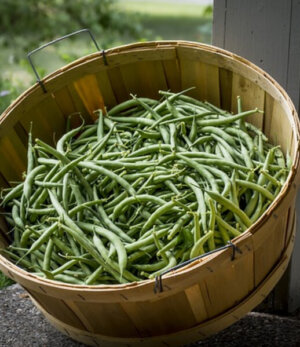 Above a certain concentration of salt in food, microorganisms cannot develop and thus the preservation of food is assured.
Above a certain concentration of salt in food, microorganisms cannot develop and thus the preservation of food is assured.
While preserving with salt seems a relatively ancient process, it is not as old as the methods we have described so far. At one time, salt was mainly used for preserving meat, fish, and butter; every rural household had a salt tub. Today, salt still is used for fish, such as cod or anchovies, as well as for pork and butter. Among vegetables, we sometimes salt green beans, herbs, and vegetable mixtures for soup stock.
There are two main disadvantages to preserving food with salt:
-
The salt must be removed from most foods before consuming them, which usually requires lengthy soaking and repeated rinsing that also eliminate some of the nutrients.
-
If the salt is not completely removed, we risk consuming more than is considered healthy these days.
However, for preserving foods that we eat in small quantities, or that don’t need much soaking and rinsing, salt has its place. It is one of the best ways to preserve fish, for which other methods tend to be less convenient.
Green beans seem to be the vegetable that best lends itself to being preserved with salt. There are many versions of this method of preservation, and we have included in this chapter several of the most common ones. Yet, among all the foods preserved with salt, mixed vegetables are perhaps the most appealing: no salt need be removed; they do not cause you to eat too much salt; and they make instant stock for soup.
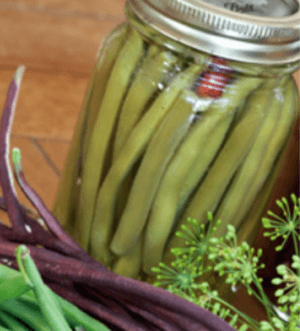 Bottled Green Beans
Bottled Green Beans
By Mr. Buisson, Riorges
Ingredients
- Green beans
- Salt
- Oil
- Widemouthed jars
Procedure
- String and wash the beans.
- Pack them tightly in jars (preferably with a wide mouth) and cover with water.
- Change the water every day for three days.
- On the fourth day, replace the water with a brine made of one-half cup of salt to one quart of water.
- Finish with a capful of oil and close the bottles.
Green Beans in Brine
By Marie-Françoise Lavigne, St. Ismier
Ingredients
- Green beans
- Salt
- A saucepan
- A stoneware pot
Procedure
- Make a brine using one-half cup of salt to one quart of water.
- Boil and let it cool.
- String, wash, and blanch the beans in boiling water for five minutes, and let them cool.
- Put them in a stoneware pot, cover them with brine, and check now and then to see that they are always well covered in brine.
- Soak the beans in water for a few minutes just before cooking them.
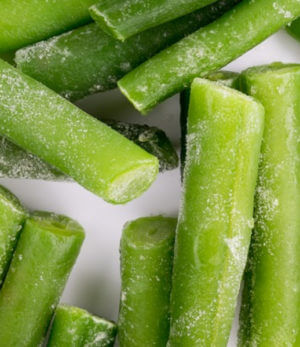 Green Bean Halves with Coarse Salt
Green Bean Halves with Coarse Salt
By Maurice Valle, Neufchâtel-en-Bray
Ingredients
- Green beans
- Coarse salt (1 cup per 2 lbs. of beans)
- A bowl
- Canning jars and lids
Procedure
- Break the beans in half, and put them in a bowl with the salt. Leave them to marinate for three days, stirring occasionally.
- Next, put the beans into canning jars (used rubber seals are okay). Fill the jars to the top and seal them. Do not transfer any liquid from the bottom of the bowl to the jars, nor should you remove any salt from the beans as you pack them in.
- These beans will keep for three years. To use them, rinse the beans under the tap, before parboiling in a large quantity of water.
- Rinse the beans once again under the tap, and then finish cooking them.
Green Beans in a Salt Pot
By Martine Saez-Mercadier, Camarès
Ingredients
- Green beans
- Table salt
- An earthenware or stoneware pot or wooden barrel
Procedure
Use only young and tender green beans, preserving them as you harvest them. Using the following method, they taste as good as fresh ones, and much better than frozen ones. Another great advantage: You don’t have to prepare all the beans in one day.
- Put some salt in the bottom of a clean container (an earthenware or stoneware pot, or a wooden barrel). Fine table salt is best, but coarse salt will do.
- Quickly wash and dry the beans. Remove the stems and the strings.
- Put a layer of beans in the container, packing them down carefully but firmly with a wooden stick or a bottle.
- As you harvest additional beans from your garden, continue adding salt and beans in alternating layers until the container is full.
- Cover the container and store it in a cool place.
- Eventually, a brine will form, soaking the beans. Do not discard this brine—it’s the essential ingredient in the preservation process—but from time to time remove any film that has appeared on the surface.
When winter comes, use the beans as you need them. Rinse first in cold water for five minutes; then soak for two hours (not longer). Cook as usual.
Recommended Reads
Recent Articles
Garlic mustard: while known as “invasive,” this plant can be consumed in its entirety and has great nutritional value. Plus, the garlic-flavor is a perfect addition to any recipe that calls for mustard! The following are excerpts from Beyond the War on Invasive Species by Tao Orion and The Wild Wisdom of Weeds by Katrina…
Read MoreEveryone loves a refreshing, fermented, nutritious drink…even your garden! Take your fermentation skills out of the kitchen and into the garden by brewing fermented plant juice. The following is an excerpt from The Regenerative Grower’s Guide to Garden Amendments by Nigel Palmer. It has been adapted for the web. How to Make Fermented Plant Juice Fermented…
Read MoreOh, honeysuckle…how we love thee. If only there was a way to capture the sweet essence of this plant so we could enjoy it more than just in passing. Luckily, foraging and some preparation can help make that happen! Here’s a springtime recipe that tastes exactly like honeysuckle smells. The following excerpt is from Forage,…
Read MoreWant to see your crops thrive this upcoming growing season? The key is in soil fertility and health. Spend time maintaining your soil’s health to guarantee bigger and better crops come harvest time! The following is an excerpt from No-Till Intensive Vegetable Culture by Bryan O’Hara. It has been adapted for the web. What Is Soil Fertility?…
Read MoreIntroducing…your new favorite brunch dish! This whole broccoli frittata is packed with fresh, wildcrafted flavors that are bound to help you start your day off on the right foot. The following is an excerpt from The Forager Chef’s Book of Flora by Alan Bergo. It has been adapted for the web. RECIPE: Whole Broccoli Frittata…
Read More



